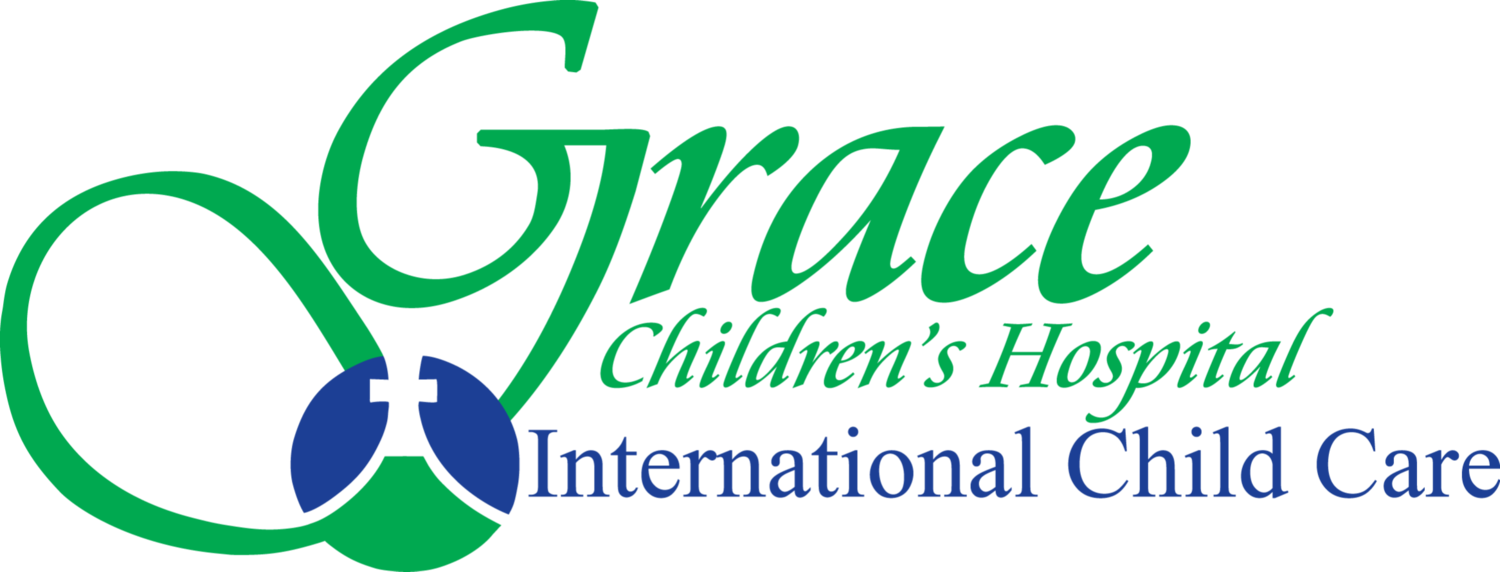The World Health Organization recently reported 2.5 million deaths globally within the first month of life, with prematurity and low birth weight as one of the four leading causes. Most of these deaths occur in low- or middle-income countries, with Haiti’s infant mortality rate among the highest in the Western Hemisphere. Although Haiti has significantly reduced its mortality rate for children under five over the past thirty years, infant mortality is still a serious problem.
Grace Children’s Hospital has been at the forefront of efforts to help improve infant mortality in Haiti, which included launching a lifesaving training initiative for midwives in 2010 called, “Helping Babies Breathe.” Led by ICC Board Member Jeannine Hatt, MD, an American pediatrician, “Helping Babies Breathe” teaches midwives to prepare for birth, practice good hygiene, conduct cardiopulmonary resuscitation (CPR) in an emergency and assists new mothers on breastfeeding techniques, as well as to administer vaccinations.
Midwives are also trained to proactively identify special case danger signs (like respiratory difficulty) that necessitate an immediate transfer to a hospital. For premature babies, extra emphasis is placed on hygiene, skin-to-skin care for adequate warmth and ways mothers can provide nutrition for infants who cannot suckle. To date, 85 midwives have been trained and have received the necessary equipment for the program.
With the launch of a Simulation Lab at Grace Children’s Education Center, the “Helping Babies Breathe” initiative got an added boost, offering hands-on training using medical infant manikins. Midwives learn and practice CPR and other lifesaving techniques on the manikins versus live babies, which reduces stress and further improves their skills.
Midwife leaders from several Haitian institutions have also been taught at the GCH Education Center to become trainers, helping to extend the lifesaving reach of the initiative to a broader population.


